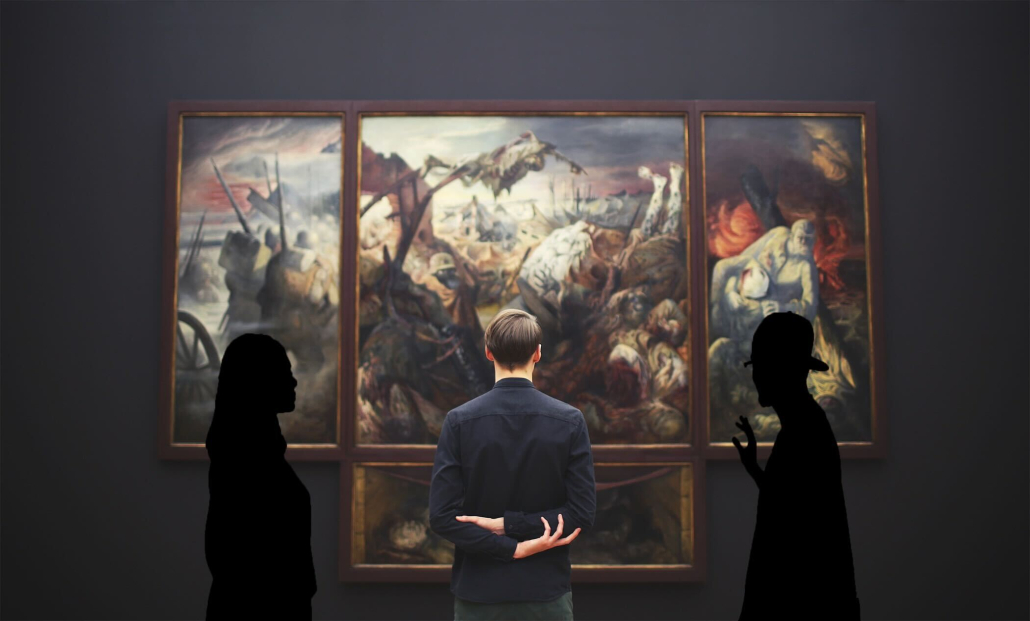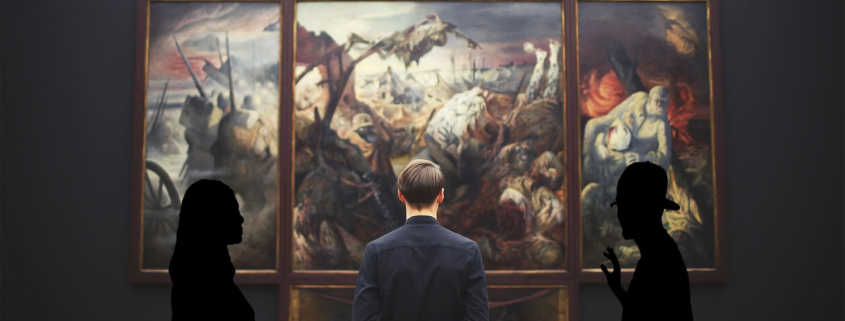Progress without Profit: Museums are not politically neutral

During my much needed spring break, my trip to Washington, D.C. perfectly aligned with a stretch of blue skies and warm sunshine. I loved my trip because — in addition to the perfect weather, great food and sightseeing — I had a new point of comparison.
The last time I visited Washington, D.C., I was a fourth grader, ignorantly oohing and ahhing at every monument, unaware of inherent contradictions embedded in the framework of our capital’s history. This time, while I did not view each site with the same simplistic admiration and patriotism I had more than a decade ago, I felt my new viewpoint only enhanced the overall experience, as I thought more critically about the history and sights presented to me.
During one of my walks to a Smithsonian museum, I noticed a man wearing a shirt that read “Museums Are Not Neutral.” This simple statement felt like a natural extension of the exact issues I’d thought about. While short and sweet, it says so much. Despite their attempts to convince us otherwise, museums are not an objective view of history.
The statement on the man’s shirt ties to the broader Museums Are Not Neutral movement, which seeks to dismantle oppression and racism in museums. The movement believes institutions can fulfill their potential as agents for change by becoming more than passive institutions. La Tanya S. Autry, a co-producer of the movement, argues that museums are products of colonialism that emerge from a system of conquest.
Think about it: Artifacts displayed in museums from other countries are often stolen during colonial rule or looted during war. Artifacts are taken from their original context, placed in a building thousands of miles away and given meaning dependent on whomever wrote the plaque that describes them. Mike Murawski, the other co-producer of the movement, claims that people must challenge dominant narratives by centering “marginalized histories, stories, voices and perspectives.”
Around the time I went to D.C. the first time, I remember watching the movie “Night at the Museum: Battle of the Smithsonian” (2009), in which Ben Stiller’s character guards a museum with exhibits that come to life at night. A movie studio can choose a title as simple as “Battle of the Smithsonian” because it’s a household name. Some scenes were filmed at the actual Smithsonian; I remember how the museum felt even larger than life and prestigious on a big theater screen.
With its tax-exempt status as an educational organization, the Smithsonian feels synonymous with knowledge and truth. However, even though Smithsonian museums are often cited as some of the best in the world, these exhibitions, like others, do not tell the full story.
During my time in D.C., I visited both the National Museum of American History and the National Museum of African American History and Culture. While covering similar events, such as the American Revolution and the American Civil War, the two focus on vastly different perspectives, with NMAAHC highlighting Black experiences and points of view.
Unlike the National Museum of American History, which briefly touches on slavery, the NMAAHC has an entire exhibit titled “The Paradox of Liberty,” featuring a statue of Thomas Jefferson with a caption that reads, “The paradox of the American Revolution — the fight for liberty in an era of widespread slavery — is embedded in the foundations of the United States.” Seeing both these museums back-to-back made me realize how much perspective changes the parts of history emphasized.
While we can celebrate that the NMAAHC showcases a more nuanced history normally brushed aside, we still must engage with it carefully. The NMAAHC, like other Smithsonians, is funded and supported by the national government. Certain facts could be excluded that reflect poorly on the government. With any museum, we must consider who are the funders, who are the curators and who is the intended audience?
When museums claim neutrality, they conflate neutrality with a history told by those in power. Museums cannot be neutral, for creating exhibits is in itself a biased act. However, museums can use the impossibility of maintaining neutrality positively, rather than to perpetuate current power structures. They must take an active stance that uplifts different perspectives and stories and not shy away from engaging with current movements.
This is not to say I believe museums aren’t important. The Smithsonian Institute offers free admissions to the majority of its museums, and as humans seem bound to repeat mistakes, an accessible space to learn, educate and reflect is critical.
For greatest impact, museums can not shy away from actively teaching all parts of history. Museums should not be a passive retelling of events that happened hundreds of years ago but a way to show how the effects of historical atrocities did not simply disappear, but connect to current day experiences. A person leaving a museum about the past should better understand the present and desire change for the future.
Sophie Roppe is a senior writing about nonprofit organizations and social justice. Her column, “Progress Without Profit,” runs every other Monday.

